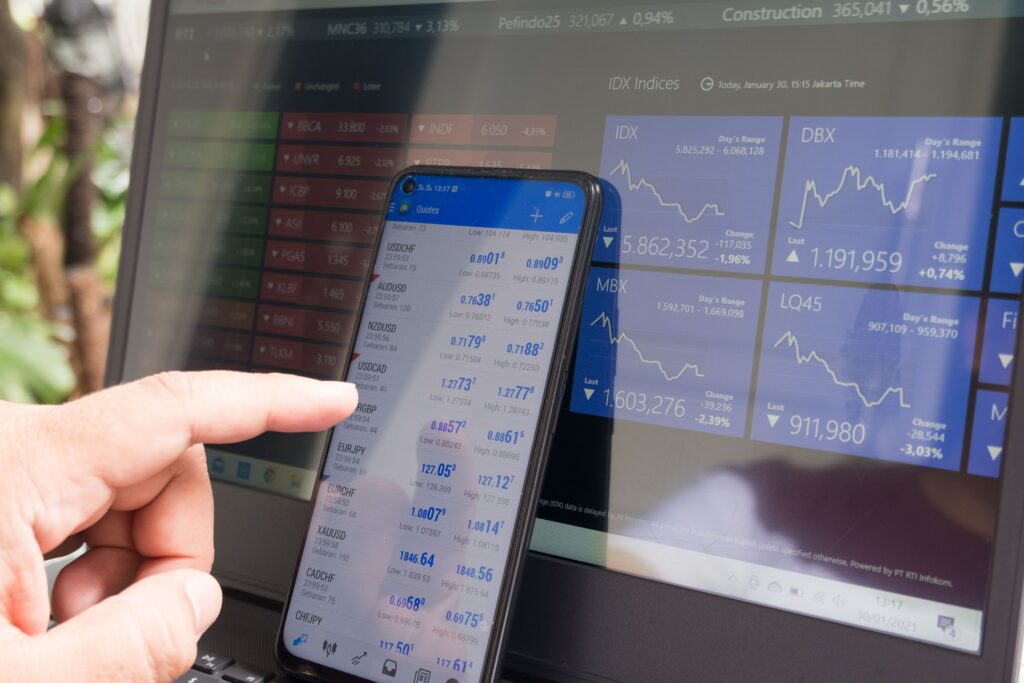
Identifying market regimes via asset class correlations
A recent paper suggests identifying financial market regimes through the correlations of asset class returns. The basic idea is to calculate correlation matrixes for sliding time windows and then estimate pairwise similarities. This gives a matrix of similarity across time. One can then perform principal component analysis on this similarity matrix and extract the “axes” of greatest relevance. Subsequently, one can cluster the dates in the new reduced space, for example by a K-means method, and choose an optimal number of clusters. These clusters would be market regimes. Empirical analyses of financial markets over the last 20-100 years identify 6-7 market regimes.








